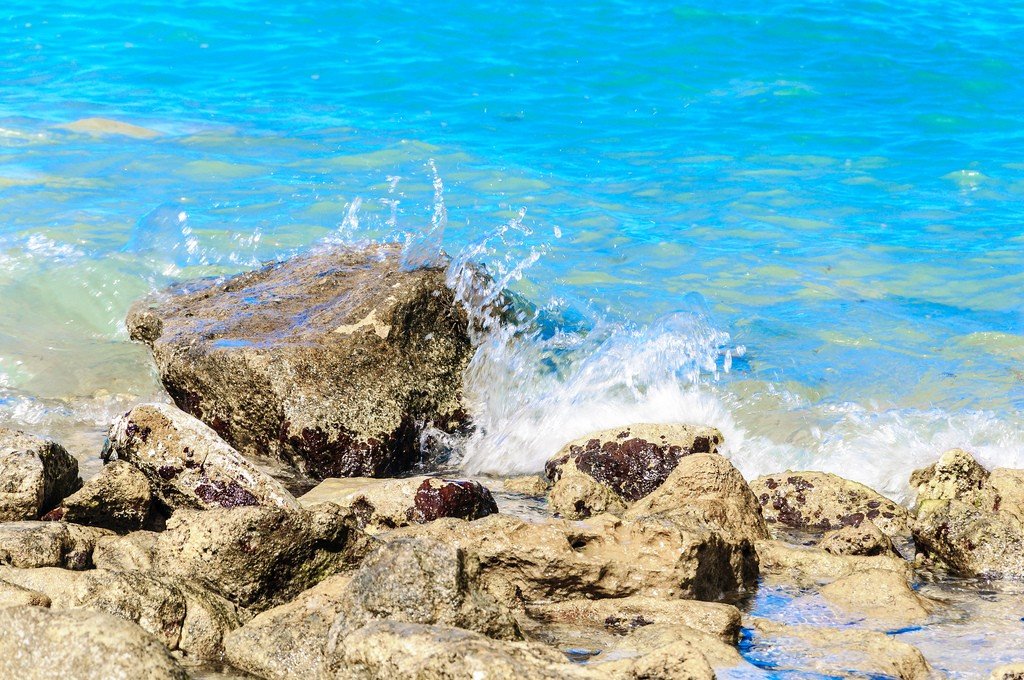Barbuda Island
Barbuda is part of a three-island nation that also includes Antigua and Redonda in the northeastern Caribbean Sea. An unspoiled paradise with endless beaches of white and pink sand, Barbuda is washed by the deep blue waters of the Atlantic Ocean on one side and the calm clear waters of the Caribbean Sea on the other. An island untouched by civilization, except for a small number of boutique resorts, Barbuda is an ideal place to swim and explore the underwater world, where you can see turtles and tropical fish, as well as explore the remains of shipwrecks that lie in the turquoise waters of the island.










General Information
Located near Antigua, the island of Barbuda was first settled by the British and French, but it was not until 1680 that Christopher Codrington, who began growing sugar cane on the island, established a British colony – large enough to withstand the onslaught of bad weather and the local Caribbean population.
Throughout the 18th century, sugar plantations kept the island prosperous, so that it proved richer than its neighbors. The influence of the Codrington family is still felt in the street names and architectural landmarks of the town..
On the south shore of the island is the 17 m tall Martello Tower, which was used both for defensive purposes and to look out for the most promising shipwrecks on the reefs close to shore.
.The island is home to more than 5,000 graceful and majestic frigatebirds, nesting mainly in the northwestern lagoon in the reserve. These birds cannot walk or swim, they can only fly. They pursue less skillful “flyers” such as pelicans, herons and cormorants until they drop their prey.
.Barbuda is only 24 km long and 13 km wide, this island is mostly rocky and flat. It is home to a variety of wildlife, including deer and wild boar, turtles and even wild cats. Tourists are attracted by the salt lakes, where you can see a variety of birds, and there are many caves on the island, which can be accessed independently or with an experienced guide.
.